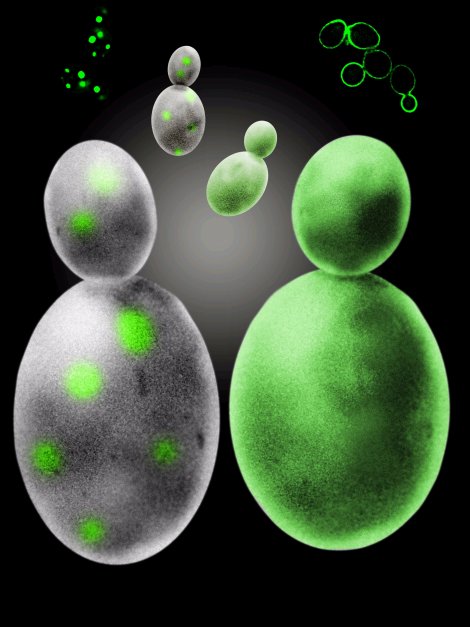.gif) VIARTIS
|
||||||||
|
PARKINSON'S DISEASE |
||||||||
|
|
||||||||
|
|
PARKINSON'S DISEASE NEWS
|
|
||||||
|
MARCH 2015
22nd March 2015 - News release PRX002 - NEW IMMUNOTHERAPY FOR PARKINSON'S DISEASE
Prothena Corporation have reported a reduction of Alpha-Synuclein by up to
96% after a single dose of PRX002, which is a new protein immunotherapy for
Parkinson's Disease. Alpha-synuclein has been claimed to cause Parkinson's
Disease. PRX002 is the focus of a worldwide collaboration between Prothena
and Roche. For more information go to the
News release However, a lot of people with Parkinson's Disease do not accumulate alpha-synuclein. So there is none to get rid of. There is no evidence that Alpha-synuclein is a primary cause of Parkinson's Disease as has been claimed. Most people that have an accumulation of alpha-synuclein in the brain do not have Parkinson's Disease and have other medical disorders instead. L-dopa can readily rid symptoms in most people without affecting alpha-synuclein, thereby proving that the ridding of alpha-synuclein in the brain is not needed in order to rid Parkinson's Disease. In order to refer to this article on its own click here
12th March 2015 - New research EARLY WARNING SIGNS OF PARKINSON'S DISEASE
Researchers assessed the association between the first presentation of
prediagnostic features and a subsequent diagnosis of Parkinson's Disease.
Those symptoms considered were motor features (tremor, rigidity, balance
impairments, neck pain or stiffness, and shoulder pain or stiffness),
autonomic features (constipation, hypotension, erectile dysfunction, urinary
dysfunction, and dizziness), neuropsychiatric disturbances (memory problems,
late-onset anxiety or depression, cognitive decline, and apathy), and
additional features (fatigue, insomnia, anosmia, hypersalivation and
rapid-eye-movement sleep behaviour disorder). Apathy, REM sleep disorder,
anosmia, hypersalivation, and cognitive decline were excluded because they
were infrequently reported. Reference : Lancet Neurology [2015] 14 (1) : 57-64 (A.Schrag, L.Horsfall, K.Walters, A. Noyce, I.Petersen) Complete abstract In order to refer to this article on its own click here
|
||||||||
.gif) |
||||||||
| �2006-2015 Viartis | ||||||||
| [email protected] | ||||||||

